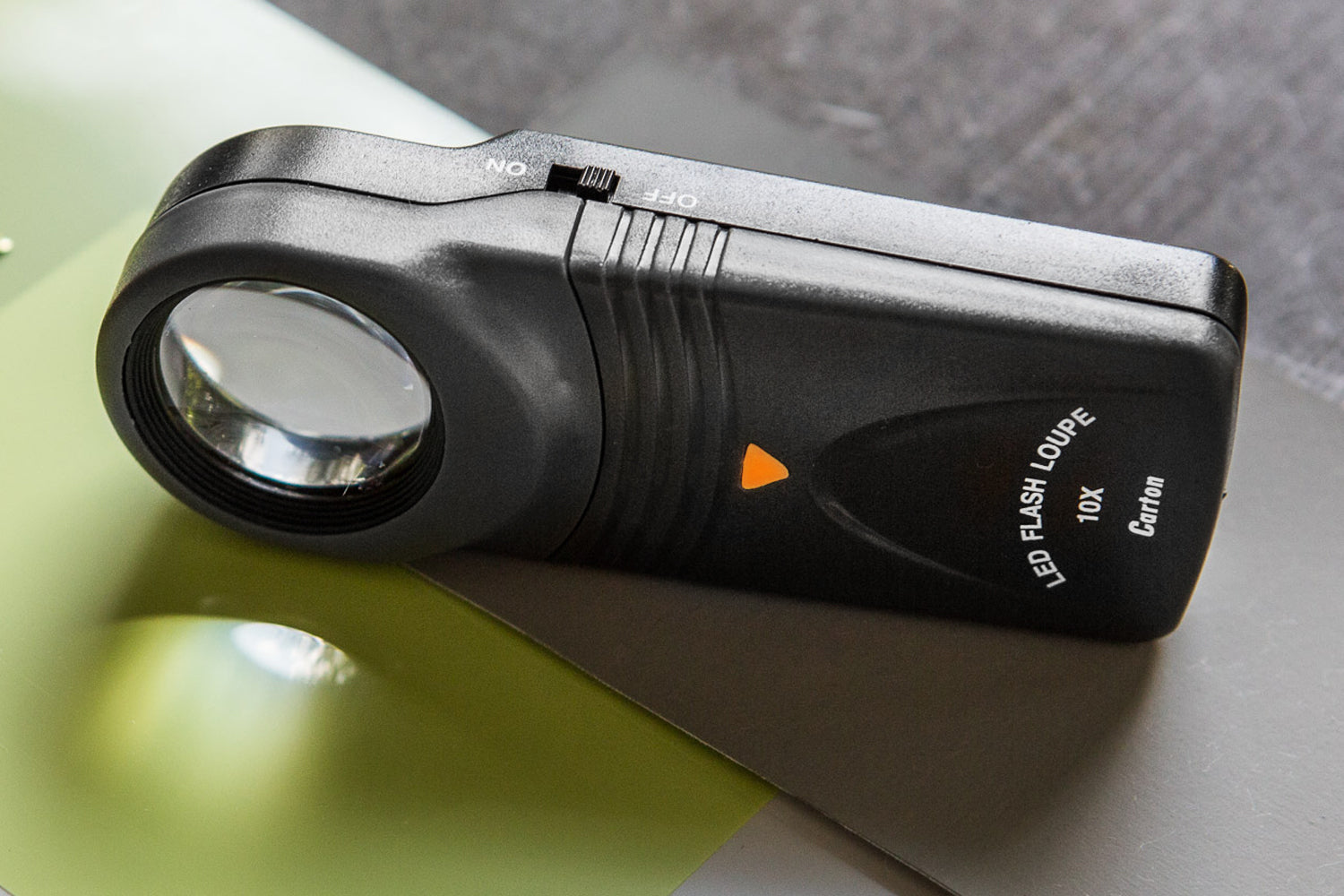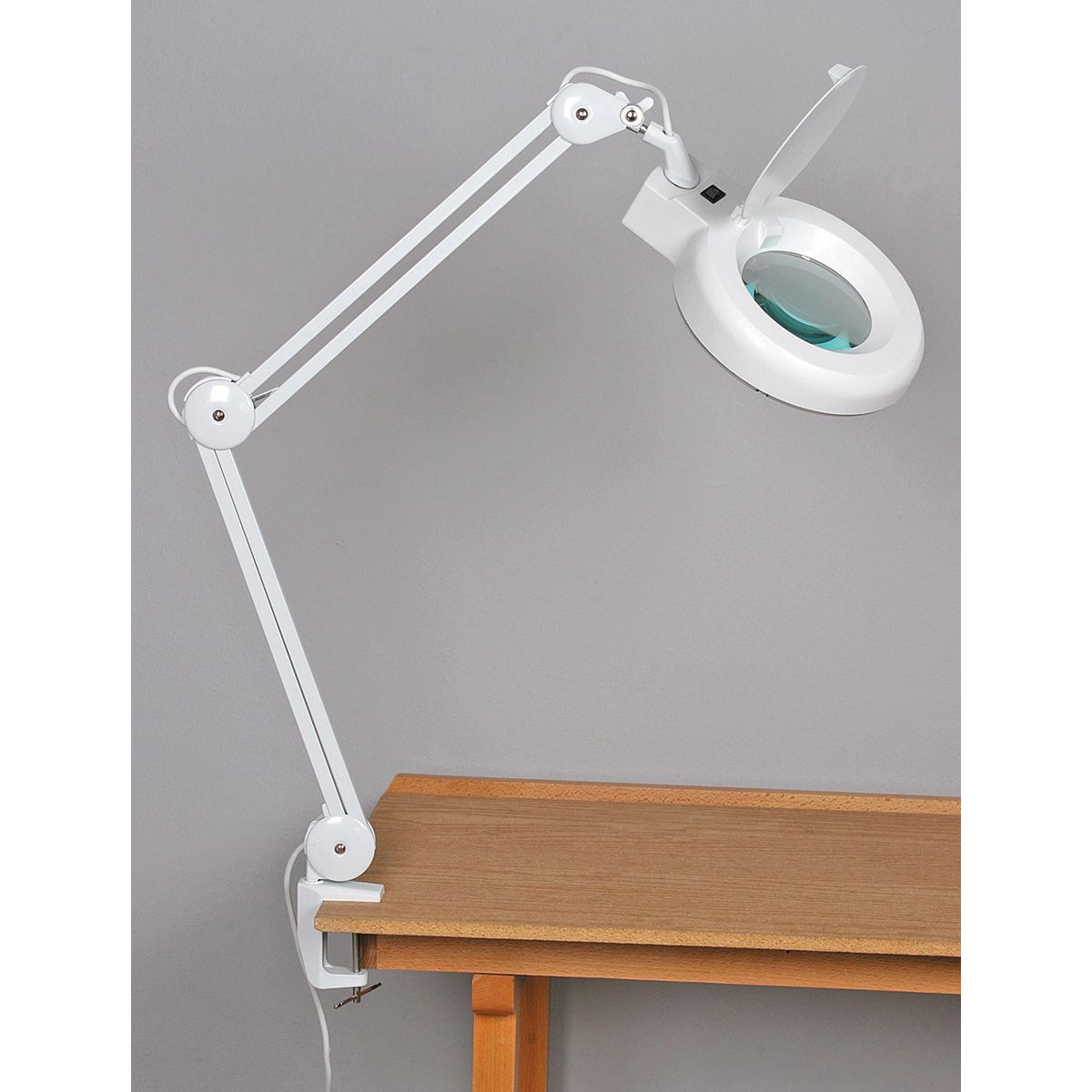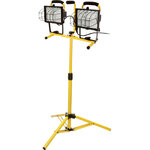Kenny Durrant
Member
I would like your opinions on what lighting works the best for seeing scratches. I pretty much work on a 6 foot table in my garage. I have an old 4 foot Florissant light with two bulbs hanging over the table. It's roughly 30 inches above the table. I have plenty of light to see what I'm doing but I can't see the fine scratches so I apparently stop sanding too soon or I'm just sloppy at it. When I bring the tubes inside to press the kit together that's when I see the scratches. In my hobby room I just have a celling fan with four incandescent light bulbs in it. I don't think I have the same candle power as in the garage but I'm guessing the type of light is what I'm needing. I'd rather not spend an arm and a leg on a new light but with all the new, in my book, lights I'm sure there's plenty out there better than what I have. Thanks for your input.



